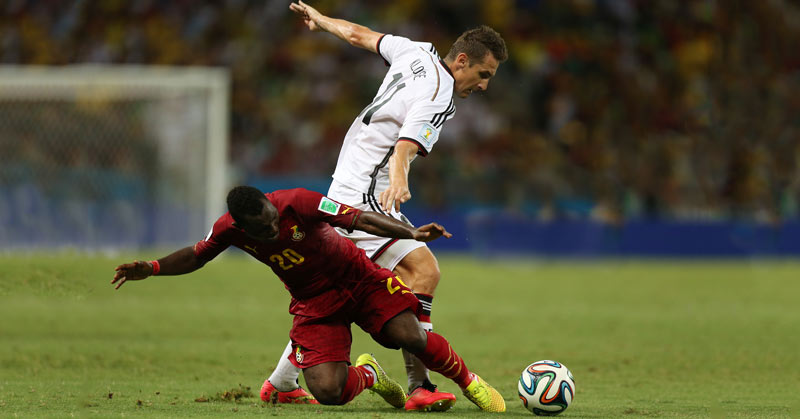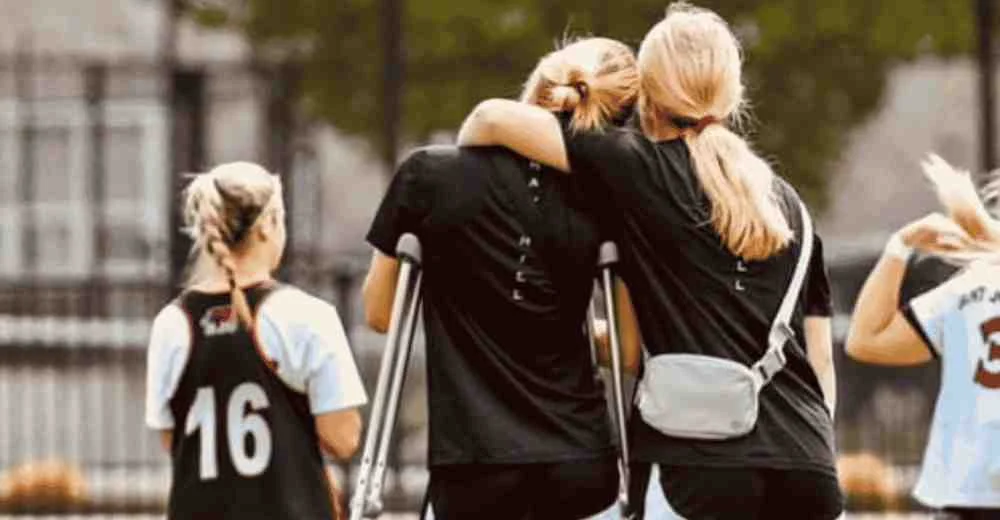[mashshare]

Right to Dream Africa is a purpose-built, fully residential academy located on the banks of the River Volta in the Eastern region of Ghana, providing scholarship opportunities to young, talented Africans. The Academy program focuses on the development of their student-athletes through football, education, and character development, enabling them to access RtD’s world-class graduate pathways.
Freelap USA: Your history of developing athletes to become national and international level players is uncanny. Can you share how you develop both soccer and general athleticism by instilling a foundation of character development? Some measurable points are easy, like player speed and conditioning, but dedication and focus are more difficult. How do you rate players’ grit and other qualities over the long run with your Academy?
Richard Evans: Character development is at the very heart of what we do, and we have a dedicated curriculum based around seven key character traits that we have identified: Initiative, Passion, Self-Discipline, Winning, Giving Back, Social Intelligence, and Integrity. This curriculum has been built from lessons our athletes, students, and graduates have learned, as well as a large library of texts ranging from Carol Dweck to John Wooden.
Our seven character traits are regularly discussed in whole academy meetings and smaller group sessions, and through an individual mentoring program with the aim of achieving our definition of success: To be the best you can be, through a daily pursuit of excellence for a communal good.
We define success as pursuing excellence for the common good, thus becoming the best you can be. Share on XAll aspects of a student’s time at the Academy are evaluated regularly by staff in all areas, with the feedback made available for students so that they can continue their development. By way of measurement, each student is regularly assessed against predetermined criteria and, if these criteria are met, the individual receives a badge. The badge provides eligibility for international development opportunities that we have on offer, such as competing in elite tournaments and receiving world-class scholarships in the U.S. and U.K.
Freelap USA: Technology is both a gift and a bane of human performance. With your city getting increasing access to Western foods and having to deal with modern problems like inactivity, how do you see technology being a positive and negative element? What do you do to help youth athletes be more active with their body versus playing with a smartphone?
Richard Evans: Ghana and West Africa are developing rapidly, with technology permeating the upper echelons of society, but the demographics from which we recruit usually lead very active lives prior to selection. Thus, they avoid the largely sedentary lifestyles rapidly developing in the West. This non-sedentary lifestyle continues in our quiet rural village, which has a split campus that requires each student to walk 4-6km a day. The academy has a dedicated catering team that provide the best possible food and nutrition, which is aided by the overall development of the country with exposure to better and more diverse ingredients. They have recently managed to roll out a fantastic coconut water and beetroot smoothie!
Academy life is quite controlled, with the students being under our care for as much as 48 weeks a year, so we can moderate the ways in which technology is accessed. For example, we have a couple of iPads that are available as educational tools within the Medical Department, and to gather daily wellness information. Phone usage for students is restricted during the week to allow full focus on studies and training.
The emphasis that we place on education ensures that the students receive guidance on making the best possible long-term health choices. We strive to instill lifelong healthy behaviors.
Freelap USA: Joshua Yaro was drafted No. 2 in the MLS draft and is an athletic defender. How has he matured from his time with the Academy? What was his training, recovery, and skill development like? Did he participate in sports outside of soccer?
Richard Evans: Joshua sets such high standards for himself that he is a natural role model. While he was at the academy, it was a much tougher experience than it is now—in terms of staff, facilities, and methodology—but his leadership skills shone through even then. After leaving the Academy and moving through Hotchkiss and Georgetown, he went from strength to strength while continuing to receive accolades for sporting, academic, and leadership achievements. His athletic ability was prominent from an early age, which allowed him to train and develop skills rapidly. This then came on in leaps on bounds when he was in the U.S., due to the diet and specialist coaching that he received.
While at the Academy, the spectrum of sports he was exposed to was very narrow. It only opened up once he took up his scholarship in the U.S., where he began to experiment with a number of different sports.
Freelap USA: You have recently purchased a team in Denmark and have a global perspective on how players improve and thrive. What can American soccer athletes learn from different countries, outside of just playing more? Any ideas of what the future of the sport is going to be?
Richard Evans: If you fail in Denmark or America, you are likely to have an education or employment opportunity to fall back on, but these opportunities often don’t exist here. This creates a very strong will to succeed and improve not only an individual’s quality of life, but also those of their family, friends, and wider community. It is a lot of pressure for (often) young shoulders to bear. By working closely with FCN in Denmark, we hope to build on the strong foundations of the two organizations. We plan on using this exposure to different cultures to merge the best of both worlds, in order to create individual and communal success with high quality development pathways.
It would be fantastic to open up an experience of our locations, cultures, and methodology to American athletes, so that they too can learn and develop.
In terms of the future of the sport, the emerging soccer markets in the U.S., China, and the Middle East are becoming increasingly prominent, which may challenge the current Euro-centric nature of the sport. If this is the future, then a global perspective is going to be crucial to success in the long term.
Freelap USA: Managing athletes in the Academy cannot be easy, as a lot of information and videos are likely to drown many youth academies in data. What ideas do you think would be good for academies interested in LTAD (long-term athletic development) and reducing injuries? What are the future systems you want to put in place?
Richard Evans: There are two key areas in which we wish to improve in order to create resilient athletes in the long term. The first is movement diversity, which is a relatively simple idea to put into practice with the right facilities and time management. Soccer is such a resource-independent sport that its popularity here is huge, and if we can provide a diverse range of activities to our students, it will be of huge benefit. Some of these are rock or tree climbing, boxing, and swimming.
Load management is much trickier to gauge, as evidenced by the recent load management conference in Qatar. Soccer has such variance in load in terms of the different positions on the pitch that to quantify and monitor this load is a challenge. We are looking to develop our own software to analyze game metrics in order to assist in this. Education is central to this for both the athletes and the coaches, so that they understand the key principles.
One additional aspect is to resist the pampered nature of an individual in many academy systems. Otherwise, they will not be able to function in the real world of either sport or life. Much of what happens in LTAD at the moment is taking responsibility from the individual and placing it on a member of staff or an item of technology, when the individual really should be as self-reliant as possible.
[freelap-share]
[mashshare]






